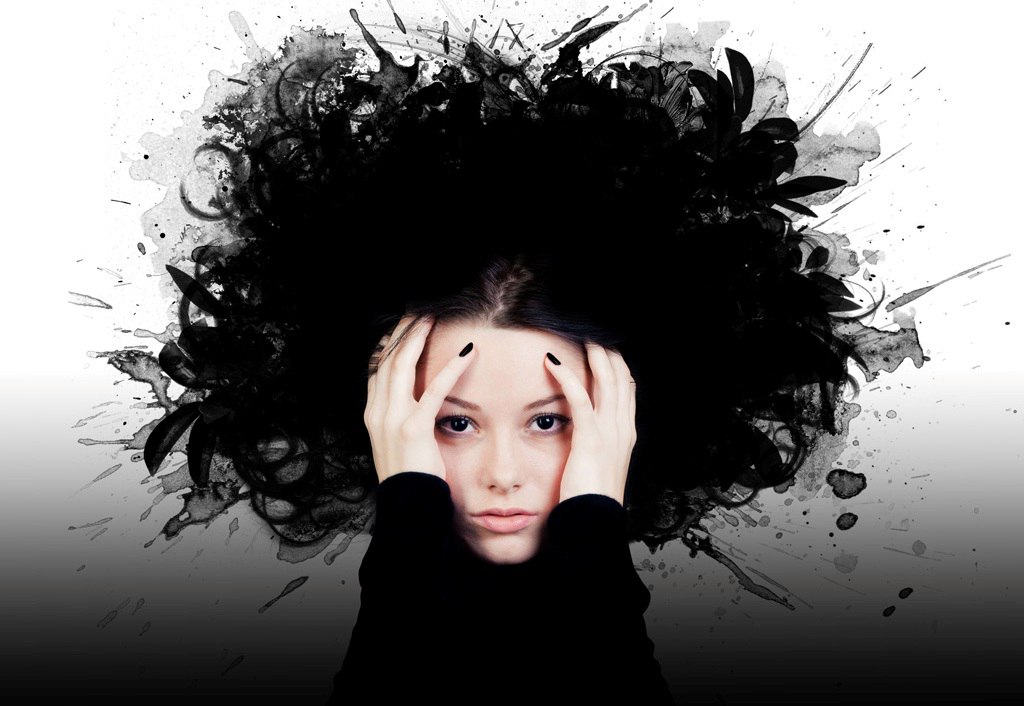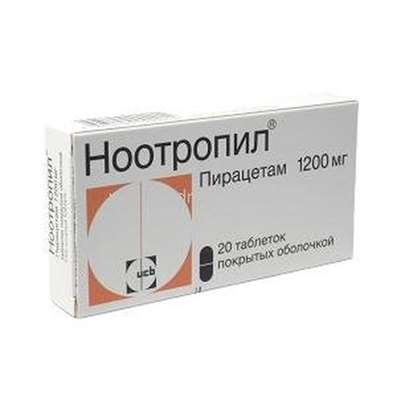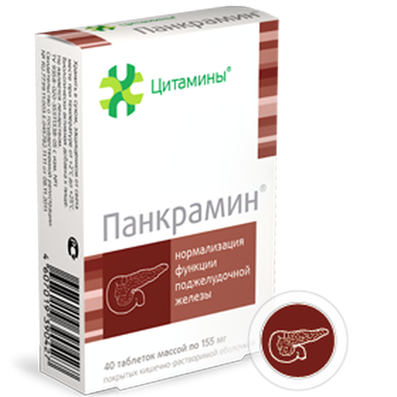Panic attacks
26 Nov 2017
How there is a panic disorder, why during a panic attack you can not faint and how to deal with secondary fears
A panic attack is a very intense attack of fear or panic, which is necessarily accompanied by somatic (ie, corporal) reactions: increased blood pressure, palpitations, sweating, chills, hyperventilation (a person tries to breathe as much air as possible and starts to have shortness of breath from overabundance oxygen). In addition, different parts of the body may be dumb, tingling, dizziness, dizziness.

Sometimes a panic attack may result in a state of derealization or depersonalization. In the first case, the world seems changed, detached, as if in a haze. With depersonalization, one's own body and / or mental processes appear to be altered. At the same time, a person can not say exactly what the essence of changes is and what is wrong with it, simply experiences a kind of "sense of alienation".
During panic attacks, patients begin to fear that they will lose consciousness, go insane, lose control over themselves, begin to behave inadequately, that others will find them mentally ill. There is a fear of death. The bodily symptoms of panic can be so intense that it begins to seem like you are going to die: you do not have enough breathing, your heart is about to jump out of your chest, and patients are afraid that they will have a heart attack, a stroke or a heart attack. These symptoms are called secondary.
Panic disorder
A secondary role in the development of panic disorder is secondary fears. If a person has had a panic attack, this does not mean that they will be repeated on a regular basis. You can survive a panic attack once or twice in life, but panic disorder (that is, regular panic attacks) develops only if there are persistent secondary fears.
For a long time in medical classifications, panic disorder did not stand out as a separate diagnosis. Panic attacks were considered as part of the usual anxiety disorders, which in previous editions of the ICD (International Classification of Diseases) belonged to a group of neuroses. In ICD-10, which has been operating in Russia since 1999, panic disorder appears as a separate clinical category.
Due to the fact that for a long time the panic disorder did not stand out as a separate disease, doctors of various specializations, in particular therapists, cardiologists and others, knew little about him. Neurologists put a dubious current diagnosis of "vegetovascular dystonia," which is a group of symptoms rather than a diagnosis, and the treatment was not effective enough. In general, there was little information in the medical community about panic attacks as psychological phenomena and as elements of a mental disorder.
Attack panic attacks was perceived as an aggravation of some disease, the patients called for an ambulance. Doctors measured the pressure, did a cardiogram. As a result, they did not make any terrible conclusions, but they advised to be examined. Patients could walk for a long time in different specialists, trying to understand what was wrong with them. Due to the fact that they did not understand what was happening to them, anxiety increased: a person thought that he was seriously ill and lacked the competence of doctors to understand what it was. And only recently the path from a panic attack to a psychiatrist or psychotherapist has become shorter. Although today, incidents of misunderstanding of the reasons for their condition are not uncommon.
Why panic attacks can not faint
A separate fear, arising during panic attacks, is the fear of fainting. Symptoms are somewhat similar, and patients fear that they may lose consciousness on the street or in the subway. But in fact, the probability of fainting during a panic attack is close to zero, because her physiology is completely the opposite of a syncope. At a panic attack in an organism the evolutionally fixed ancient instinct "hit or run" is mobilized, accompanying a strong fright. Although there is really no danger, a person feels as if he has met a wild beast and must urgently be saved. In all systems of the body, activation occurs: increased pressure, rapid breathing, and so on. At the same time, the head may become dizzy, limbs may dumb, and these signs are often perceived as symptoms of impending syncope.
With a loss of consciousness, everything is exactly the opposite. Those with whom this happened, well aware that before the loss of consciousness, the tone is so low (the pressure drops), that there is no strength to be afraid. A person should understand that he will not lose consciousness, he will not die and will not go mad.
Causes of Panic Attacks
The mechanism that triggers a panic attack is an evolutionary psychophysical reaction to danger. There is an adrenaline rush, the sympathetic nervous system is activated: blood flows to the internal organs, arterial pressure rises, hyperventilation begins. Thus, this is a "reaction to danger in the absence of danger."
As a rule, the first panic attack occurs against a background of changes in physical or mental conditions that contribute to mobilizing the sympathetic nervous system. This can happen from excessive physical exertion, including after very intensive training in the gym. Also, the cause may be overwork or exhaustion at work. Very often a panic attack occurs as a result of alcohol abuse or some kind of stimulant like tea or coffee. A panic attack can be the result of a conflict, a difficult situation, a chronic stressful condition. First, a person feels that something is wrong (for example, the heart beats violently), followed by a catastrophic interpretation of what is happening, which increases anxiety, and consequently, bodily symptoms. In the end, we can say that the main psychological reason for the development of a panic attack is a distorted interpretation of bodily sensations. Psychological studies show that the tendency to avoid negative emotions, lack of understanding of one's own emotions and the difficulty in accepting the fact of having negative emotions, increase the vulnerability to panic disorder.
If the secondary fears are intense, then the probability of repeated panic attacks will increase. These fears form tension, cause a person to close, less engage in active work and stay at home. Agonaphobia joins panic attacks, because people are convinced that they will not be able to get help if they become ill in a public place. In such cases, panic disorder becomes chronic. Formally, this can hardly be called a disability, but if you look at the limitations that a person encounters, everything looks exactly like that. People in this state can not work and live a relatively full life. It is clear that the restrictions lead to increased depression and anxiety, because a person who is afraid to go out into the street lives in a shortage of emotions and emotions. The result is a vicious circle of anxiety: a person limits himself to the walls of the house because of fear of a panic attack, and the lack of activity and communication that accompanies this leads to depression and increased fear.
Factors predisposing to panic disorder include genetic features. If someone in the family has anxious or depressive disorders, his relatives will have a higher probability of developing regular panic attacks.
Attacks usually occur at a fairly young age. There is evidence that half of those suffering from this disorder begin before the age of twenty-four. Women suffer twice as often as men. Panic disorder often accompanies other anxiety disorders and depression, as well as alcohol and drug dependence.
Prevention of panic attacks
To prevent panic attacks, it is important to educate, explain the difference between a panic attack and a panic disorder. It is important to work with cognitive distortions (mistakes of thinking). In particular, the catastrophic symptoms of a panic attack lead to tension and anxiety. People who manage to cope with a catastrophic event are less likely to develop a chronic disorder.
An important element of prevention is a healthy lifestyle. As already mentioned above, alcohol can become a catalyst for panic attacks. It is necessary to eat normally, do not abuse psychoactive substances, take care of yourself

 Cart
Cart





